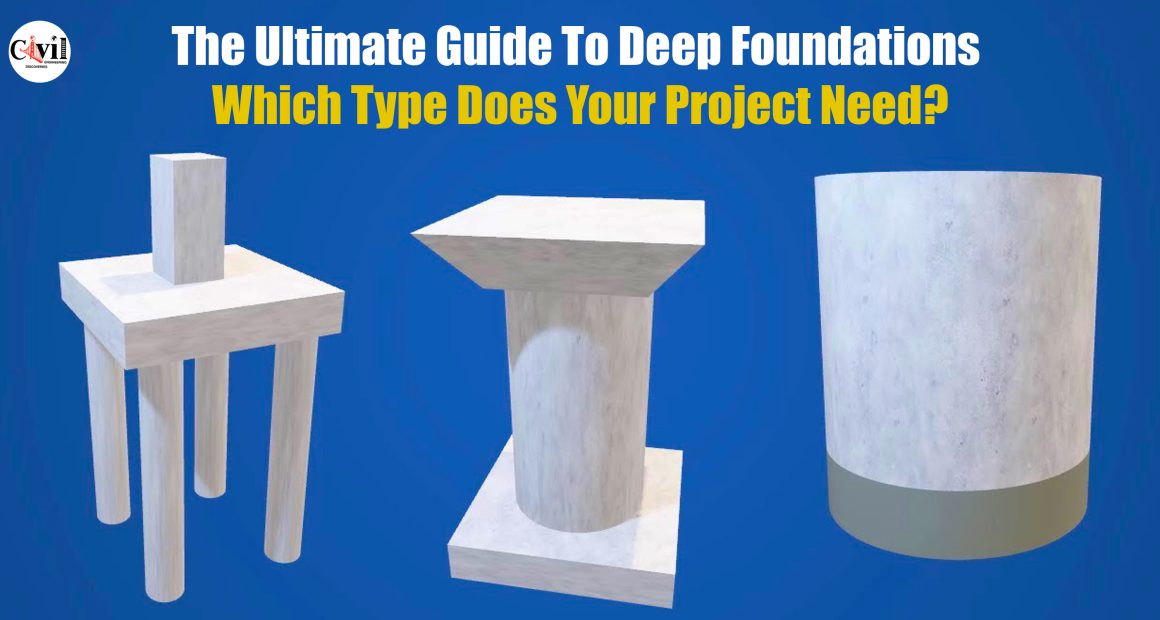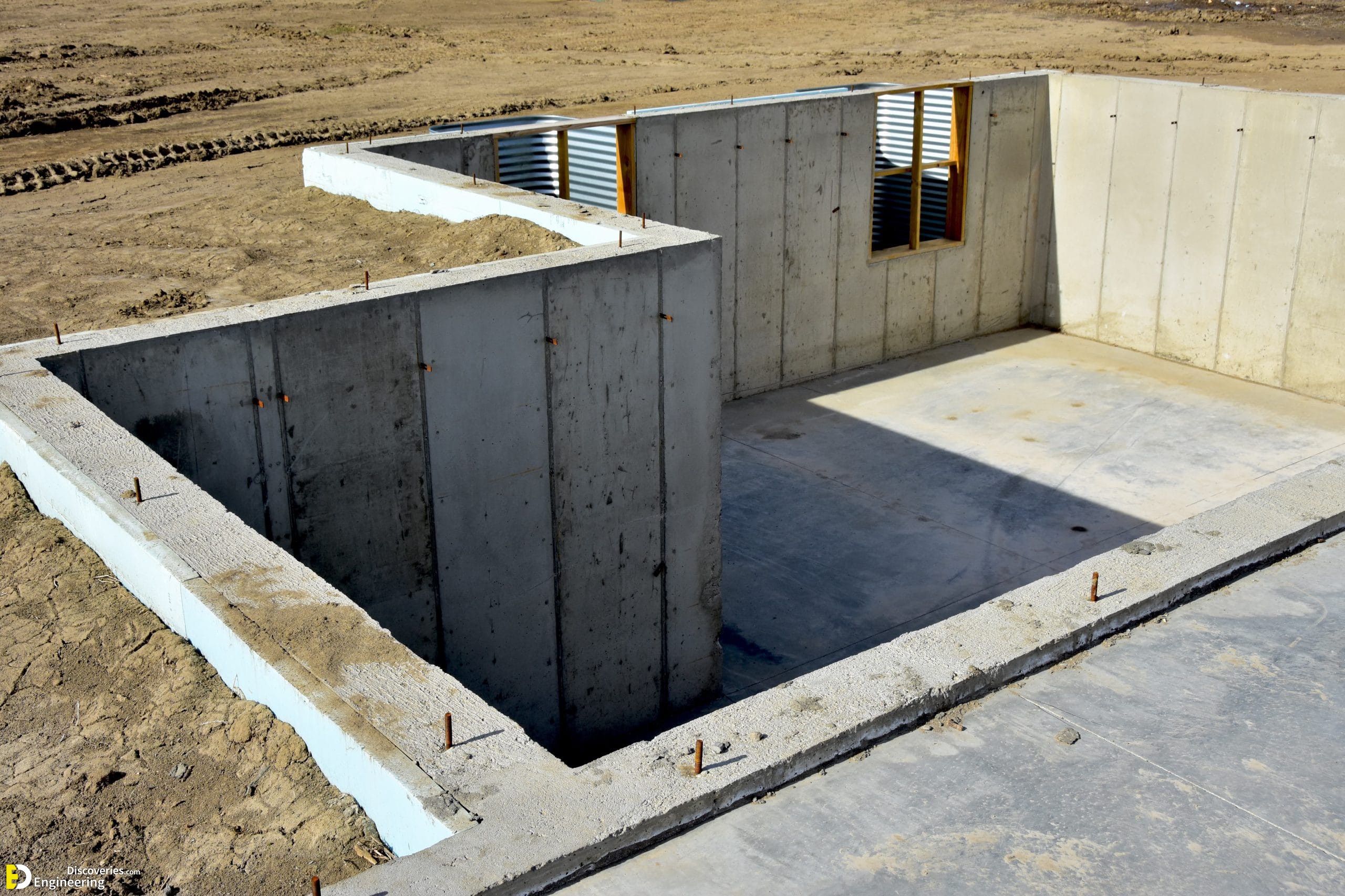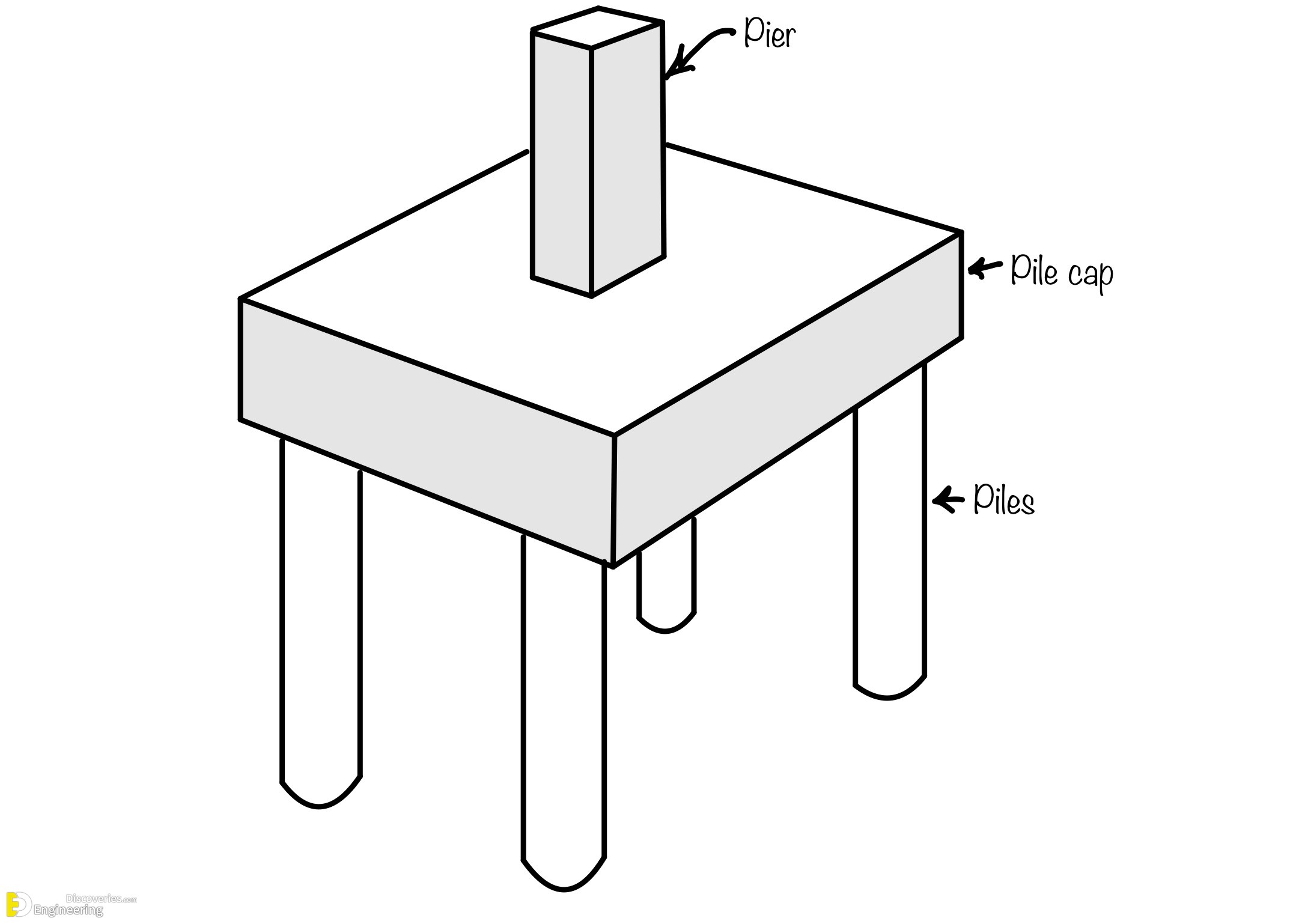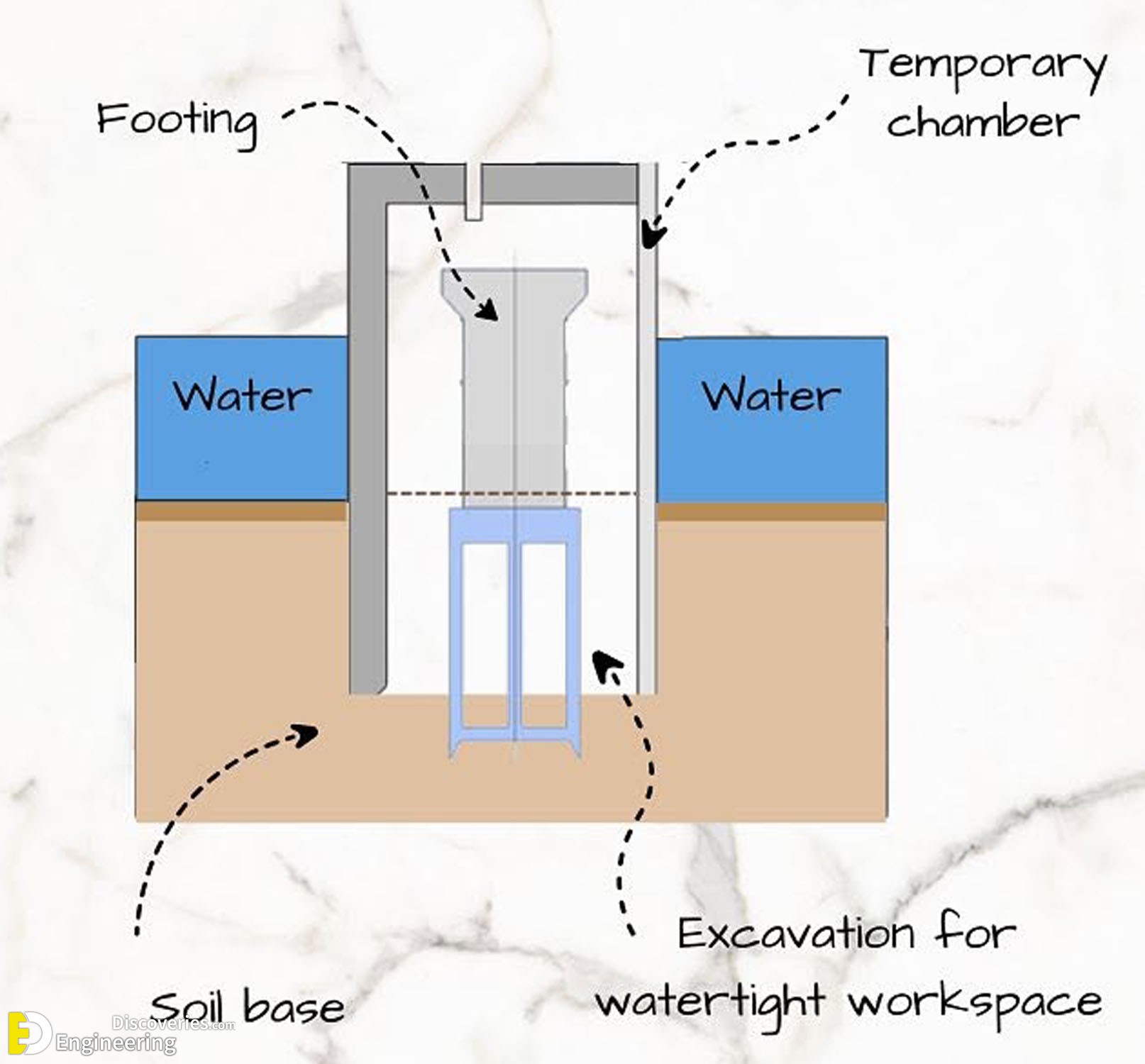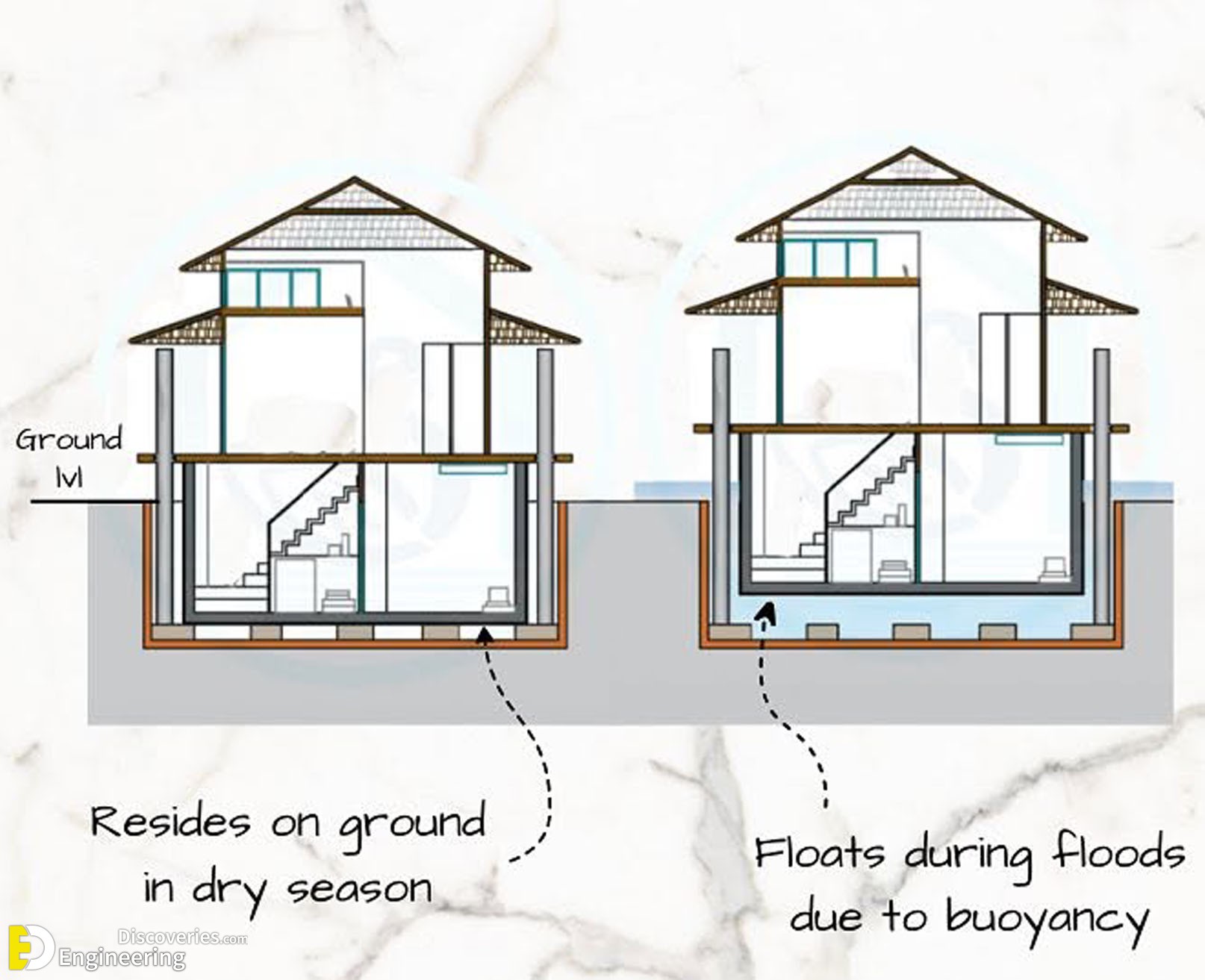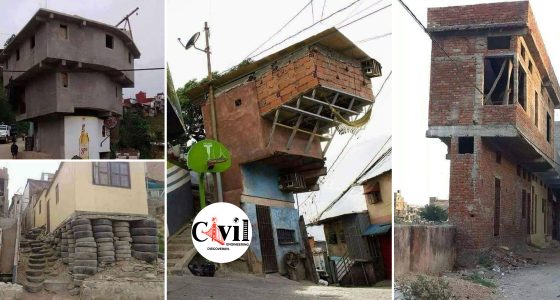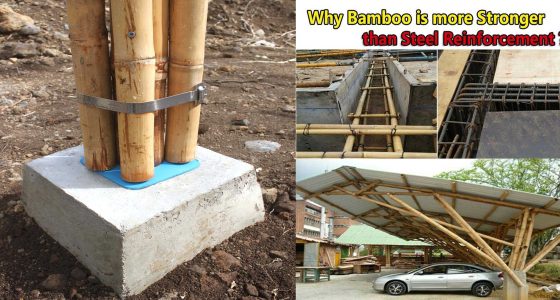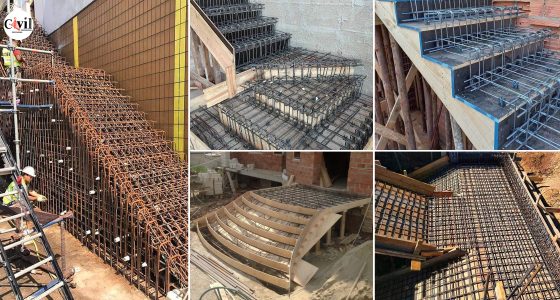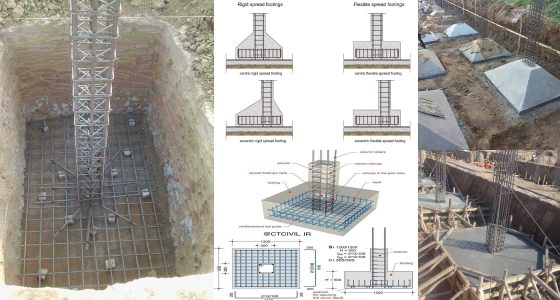Deep foundations are essential for structural stability, especially in complex terrain or weak soil conditions. They ensure a building stands firm by transferring the load below the surface. Here’s a detailed look into the four major types of deep foundations used in modern construction.
Basement Foundations: Functional and Structural Support
Basement foundations are enclosed structures built below ground level. They provide both structural stability and usable space.
Key Benefits:
Extends usable space for storage or parking
Ideal for dry soils with low water tables
Works well in urban residential and commercial setups
Features:
Acts as insulation and extra living area
Adds resale value to homes
Stable and long-lasting in suitable conditions
Best Used For:
Cities with limited land
Residential buildings requiring extra space
Pile Foundation: Perfect for Weak Soil Conditions
Pile foundations consist of long, slender columns that transfer heavy loads to deeper, stronger soil layers. This type is ideal when the topsoil can’t support heavy weights.
Advantages:
Strong load-bearing capacity
Used in high-rise buildings and bridges
Handles weak surface layers with ease
Structure Components:
Pile cap to distribute load evenly
Deep-driven piles that penetrate into the earth
Ideal Applications:
Skyscrapers
Bridges
Industrial buildings on expansive or loose soils
Caisson Foundation: Underwater Strength
Caisson foundations are watertight chambers constructed underwater. After pouring concrete inside the chamber, it is removed, leaving a sturdy base.
Notable Benefits:
Provides strong resistance to lateral and water pressure
Ensures durability under marine conditions
How It Works:
Temporary chambers hold back water
Concrete is poured inside and set
Chamber is removed post-hardening
Best Used In:
Riverbeds
Seabeds
Soft, wet soil areas
Construction Fields:
Marine infrastructure
Offshore drilling platforms
Deep water ports
Buoyancy Rafts: Floating Foundations for Flood Zones
Buoyancy rafts are a revolutionary solution for flood-prone regions. These foundations lift buildings during floods using hollow, watertight bases.
Why Choose Buoyancy Rafts?
No need for traditional stilts
Protects homes and lives in extreme weather
Automatically adjusts during high water levels
Structural Elements:
Hollow concrete or steel base
Floats to prevent flood damage
Settles back when waters recede
Perfect For:
Marshy lands
Soft, loose soil zones
Regions with seasonal or flash floods
Choose the Right Deep Foundation for Long-Term Stability
Whether building a city tower or a riverside home, the right foundation matters. Basements are perfect for added utility and dry soils. Piles are best for weak top layers. Caissons shine in marine construction. Buoyancy rafts keep homes safe in flood-prone zones.
Each type of deep foundation serves a unique purpose and environment. Before choosing, assess soil conditions, water table levels, and project needs.
Build smart. Build strong. Choose the right foundation.
